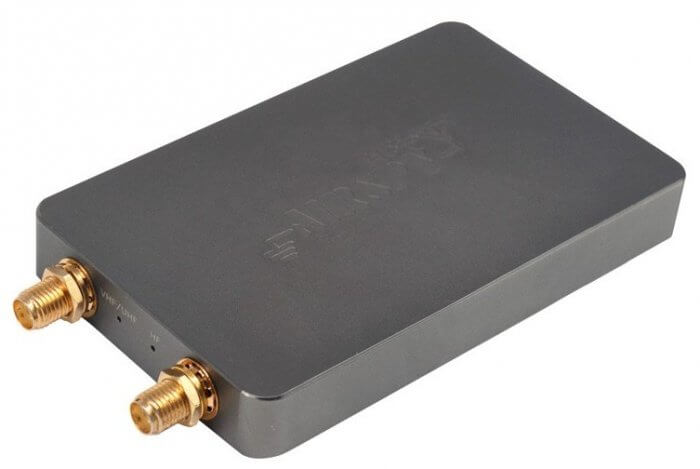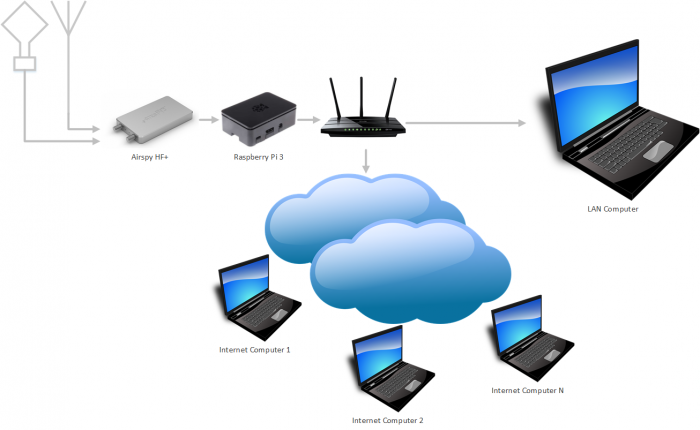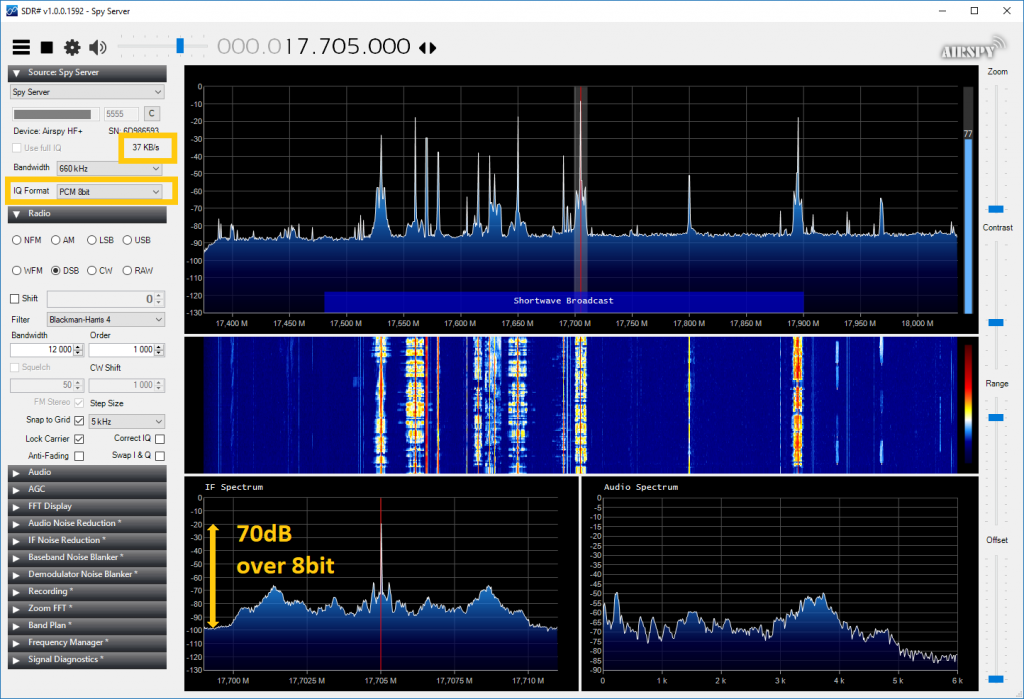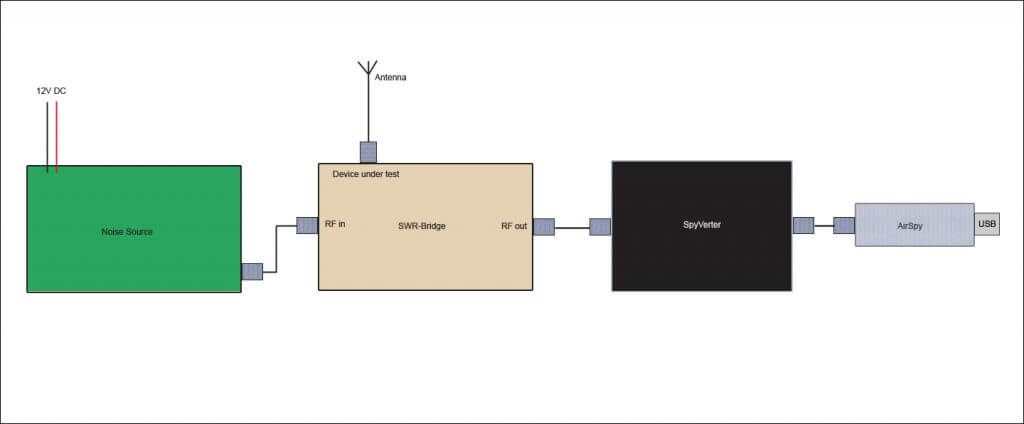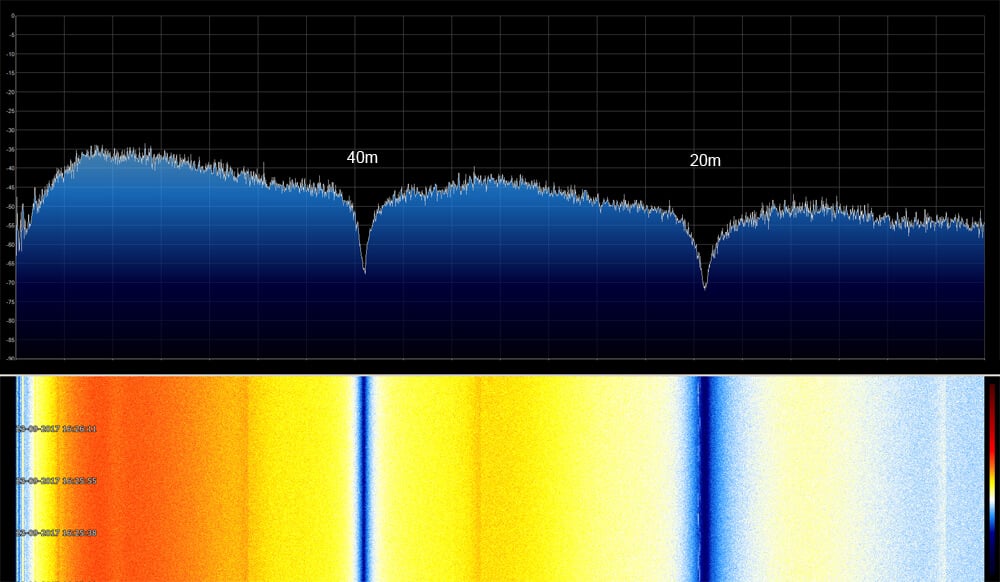Airspy HF+ Released!
The much anticipated Airspy HF+ has just been released for sale. The cost is $199 USD plus shipping from the manufacturer iTead in China which costs about $6 for a registered air mail parcel or $19 for DHL express delivery to the USA. There was a coupon available via this tweet, but it ran out within hours.
The HF+ is also available for preorder for US/Canada customers over at the airspy.us reseller. Currently there is a last chance $50 coupon available for US/Canada residents purchasing from airspy.us by using the code provided in the link. We don't know how long that coupon will last though.
Note that we believe that these are preorders, with shipping expected to commence in early December.
If you didn't know already the Airspy HF+ is a HF/VHF RX only SDR which has extremely high dynamic range and excellent sensitivity. The high dynamic range means that the SDR is unlikely to ever overload on strong signals meaning that no external filtering which can reduce SNR/sensitivity is required. The minimum discernible signal (MDS) measurements are also excellent meaning that sensitivity to weak signals is excellent too. With high dynamic range, great sensitivity and low cost combined, this SDR blows most of the current offerings out of the water by being able to 'just work' without the need to fiddle around with gain sliders, filters or attenuation.
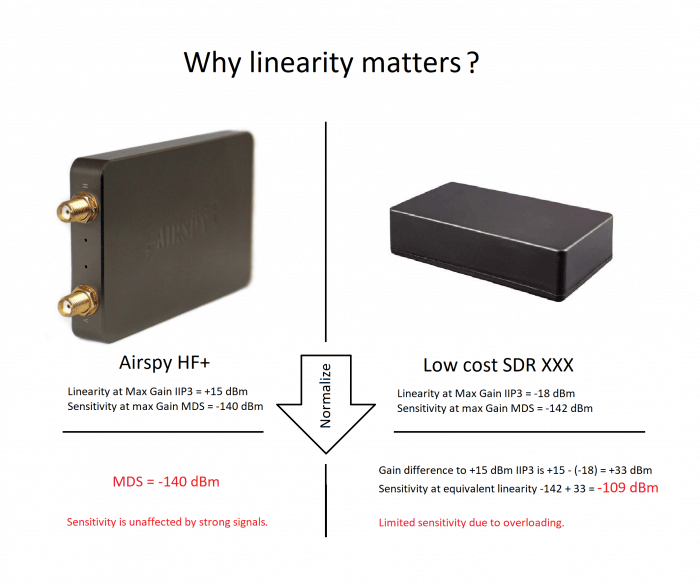
The only disadvantage to similar offerings like the Airspy R2/Mini or SDRplay is the reduced frequency range and bandwidth specs. On the HF+ the frequency range tops out at 260 MHz and the bandwidth at 680 kHz. The Airspy R2/mini/SDRplay units have frequency ranges that go up to 1.8 - 2 GHz, and have bandwidths of up to 10 MHz. But this is an SDR designed for DXing or pulling in those weak signals, so wideband operation is not a major concern for that application.
We have a review of a prototype version of the Airspy HF+ that we received earlier in the year available here. It's one of the most impressive low cost SDRs that we've seen to date. (We consider sub $300 USD as low cost, and $20 RTL-SDRs as ultra-low cost). You can also freely test some publicly available Airspy HF+ units that were provided to reviewers and developers over the internet.
Technical specifications
- HF coverage between 9 kHz .. 31 MHz
- VHF coverage between 60 .. 260 MHz
- -140.0 dBm (0.02 µV / 50 ohms at 15MHz) MDS Typ. at 500Hz bandwidth in HF
- -141.5 dBm MDS Typ. at 500 Hz bandwidth in FM Broadcast Band (60 – 108 MHz)
- -142.5 dBm MDS Typ. at 500 Hz bandwidth in VHF Aviation Band (118 – 136 MHz)
- -140.5 dBm MDS Typ. at 500 Hz bandwidth in VHF Commercial Band (136 – 174 MHz)
- -140.0 dBm MDS Typ. at 500 Hz bandwidth in the upper VHF Band (> 174 MHz)
- +15 dBm IIP3 on HF at maximum gain
- +13 dBm IIP3 on VHF at maximum gain
- 110 dB blocking dynamic range (BDR) in HF
- 95 dB blocking dynamic range (BDR) in VHF
- 150+ dB combined selectivity (hardware + software)
- 120 dB Image Rejection (software)
- Up to 660 kHz alias and image free output for 768 ksps IQ
- 18 bit Embedded Digital Down Converter (DDC)
- 22 bit! Resolution at 3 kHz channel using State of the Art DDC (SDR# and SDR-Console)
- +10 dBm Maximum RF input
- 0.5 ppm high precision, low phase noise clock
- 1 PPB! frequency adjustment capability
- Very low phase noise PLL (-110 dBc/Hz @ 1kHz separation @ 100 MHz)
- Best Noise reduction of the market using state of the art algorithms
- 2 x High Dynamic Range Sigma Delta ADCs @ up to 36 MSPS
- No Silicon RF switch to introduce IMD in the HF path
- Routable RF inputs with simple modification
- Wide Band RF filter bank
- Tracking RF filters
- Sharp IF filters with 0.1 dB ripple
- Smart AGC with real time optimization of the gain distribution
- All RF inputs are matched to 50 ohms
- 4 x Programmable GPIO’s
- No drivers required! 100% Plug-and-play on Windows Vista, Seven, 8, 8.1 and 10
- Industrial Operating Temperature: -45°C to 85°C
- Full details at https://airspy.com/airspy-hf-plus/
